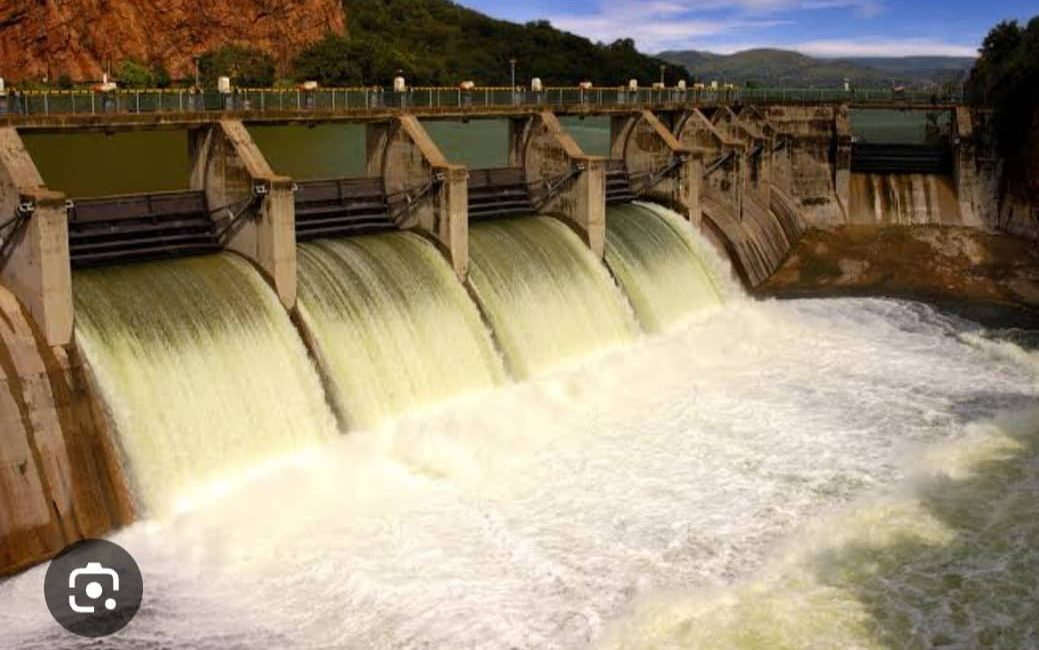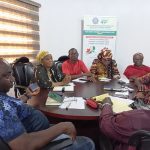By Mariam Adams
Nigeria’s geopolitical landscape is dotted with states that are perennially vulnerable to the devastating impacts of flooding. Kogi State, centrally located and traversed by the confluence of River Niger and Benue, is particularly prone to flood related challenges due to its unique geographical features and climatic conditions
However, in the phase of recurring threat, the state government has taken a forward thinking approach, proactively investing in comprehensive flood control measures and disaster management strategies to mitigate the impact of flooding on its citizens.
WHAT WE HAVE DONE
1. Establishment of Kogi State Emergency Management Agency (KOSEMA)
KOSEMA Serves as the central coordinating agency for disaster management. The Agency provides swift responses to emergencies, ensuring that the state is always prepared for any flood-related eventuality.
2. Installation of Flood Monitoring Equipments
Kogi State Government installed flood monitoring equipments establishing an early warning system to alert communities of impending floods. This system utilize advanced technology to monitor water levels, track rainfall and analyze weather patterns
This provides crucial time for residents to evacuate and seek safety, minimizing the risk of harm and property damage. The early warning system enables communities to take proactive measures, ensuring a swift and effective response to potential flood threats.
3. Identification of High-Risk Zones for Proactive Intervention
Kogi State Government has conducted extensive floodplain mapping to identify vulnerable areas, enabling targeted interventions. This exercise has helped the state to pinpoint areas that require special attention, including: flood defenses, drainage systems and evacuation routes
4. Construction of defence Mechanism
The state has also invested in the construction of flood defenses as resilience mechanism such as dams, embarkment and drainage systems. These structures are designed to prevent or reduce the impact of flooding by redirecting excess water away from populated areas.
5. Public Awareness Campaign and Training
Community engagement is also a key component of the state’s flood control program. KOSEMA collaborates with other stakeholders to engage with local communities, educating them on flood safety measures and promoting self-evacuation plans. This community-centric approach has empowered residents to take ownership of their flood safety, reducing the risk of flood-related disasters.
Through the State Ministry of Environment, the state Government has engaged in public awareness campaign to educate residents on flood safety and prevention measures. This includes training program for emergency responder and community leaders
6. Proactive Collaboration
The state government through active collaboration with federal agencies, NGOs, and private sector partners to leverage resources and expertise. This partnership has enabled the state to access funding, technology, and technical assistance, enhancing its flood management capabilities.
WHAT WE ARE DOING
Under the visionary leadership of His Excellency, Governor Ahmed Usman Ododo, the Government of Kogi State, with a deep understanding of the complex and interconnected factors that contribute to flood risk, is building on the foundations of previous administrations and leveraging the state’s unique strengths to protect its citizens and communities from the devastating impacts of flooding.
Ongoing Initiatives:
Comprehensive Drainage Evacuation: Kogi State government has undertaken a thorough desilting and clearance of drainage channels, waterways, and culverts to ensure unobstructed water flow and mitigate flood risk.
Tree Planting Programs: Initiating large-scale tree planting initiatives to restore natural barriers, prevent soil erosion, and reduce flood risk.
Stakeholder Engagement: Conducting courtesy visits to all stakeholders, including community leaders, traditional rulers, and emergency responders, to sensitize them on flood disaster management.
Capacity Building: Organizing stakeholders’ workshops and training programs to enhance knowledge and skills on flood preparedness and response.
Community Sensitization: Implementing massive sensitization campaigns across Local Government Areas (LGAs) to educate residents on flood preparedness and safety measures.
Traditional Rulers Mobilization: Collaborating with traditional rulers to amplify flood preparedness messages and promote self-evacuation plans.
Public Awareness Campaigns: Launching radio jingles and other media campaigns to raise awareness on flood preparedness and safety measures.
Technical Committee Establishment: Setting up a technical committee to oversee and coordinate 2024 flood management efforts, ensuring a unified and effective response to potential flood threats.
Relocation: resettlement of vulnerable communities from flood prone areas to safer zones
Establishment of 42 IDPs (Internally displaced Persons) camps providing temporary shelters and essential services to those affected by flooding
By taking these proactive measures, Kogi State has demonstrated its commitment to disaster management and its ability to respond swiftly to emergencies.
The success stories from the 2018 and 2020 floods are testaments to the effectiveness of these measures, and the state continues to build on these successes to ensure the safety and well-being of its citizens.






